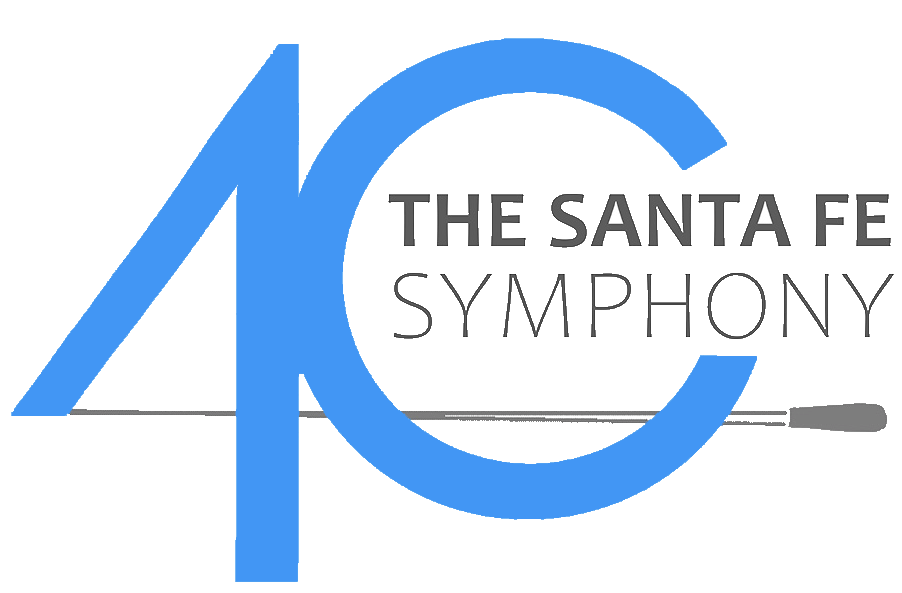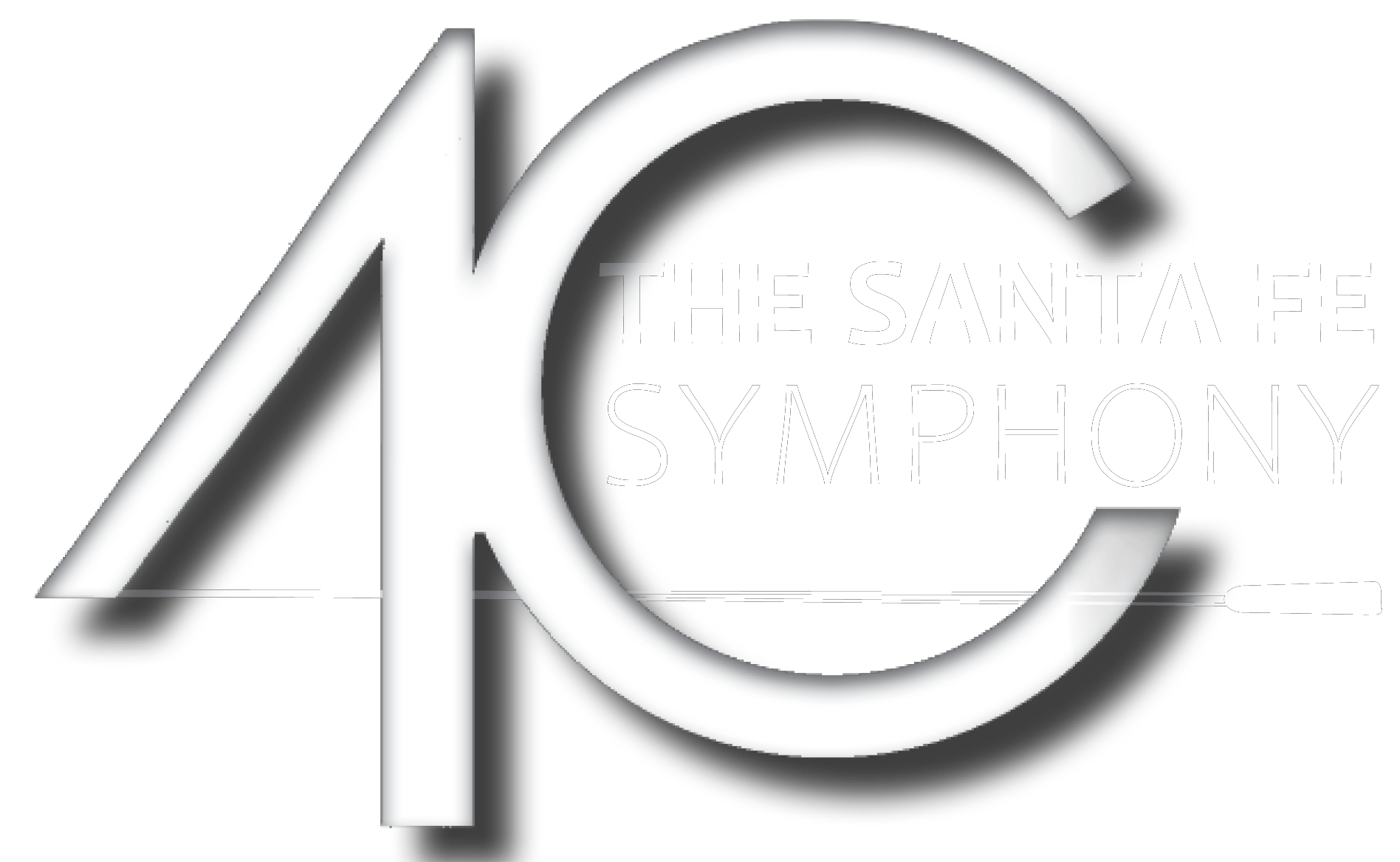Program Notes | SFS Strata II—Amor!
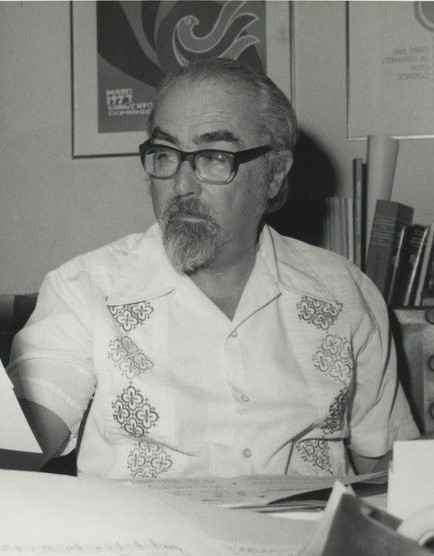
HÉCTOR CAMPOS-PARSI
Born 1922, Ponce, Puerto Rico
Died 1998, Cayey, Puerto Rico
Canciones de cielo y agua
Los signos en el cielo • El aguacero • El arroyo
Héctor Campos-Parsi came from a musical family in Puerto Rico, but he did not at first seek to become a composer, believing it an impractical career choice. He made some effort to study medicine, but on a trip to Mexico he met Carlos Chavez, who encouraged his thoughts of composing. Campos-Parsi was fortunate to receive a scholarship to the New England Conservatory, where he studied with Francis Judd Cooke, and then went on to a series of other distinguished teachers.
He met Aaron Copland, who invited him to study with him in Tanglewood during the summers of 1949 and 1950. He then went to Yale where he studied briefly with Paul Hindemith before Copland was able to arrange for the young man to study with his own teacher, Nadia Boulanger, in Paris. Campos-Parsi spent four years with Boulanger, who encouraged him to find his composing voice within his own cultural context. Campos-Parsi returned to Puerto Rico and made his career there: He was a resident composer at the University of Puerto Rico, and he also worked as an administrator and organizer of cultural programs. His works include compositions for orchestra, chamber ensembles, piano, and voice.
It is a measure of his talent that Campos-Parsi wrote these songs before he had begun formal musical training. Canciones de cielo y agua (“Songs of the Sky and Water”) is a very early work: Campos-Parsi composed it in 1947, when he was in his mid-20s.
The composer was also a published poet, and he wrote the texts for these three songs, which are about water but more importantly, about lost love. Water becomes a symbol of that loss in these three songs, which were published in Paris in 1953 while Campos-Parsi was studying with Boulanger.
Los signos en el cielo (“The Symbols in the Sky”) begins with a dramatic recitative, as the singer declares that the clouds that mask the sun also hide his own pain, but the song quickly takes on the sorrowful tone that touches all three songs of this cycle and fades to a quiet close. El aguacero (“The Downpour”) begins with the sound of rain in the piano accompaniment, and that pattering sound will continue throughout this song. The singer mourns the absence of his lover, though it is unclear exactly what has happened; we know only that she has vanished on this rainy day, and he is left behind, lonely and emotionally battered. The dove in the final stanza becomes the symbol of his lost soul.
The cycle concludes with El arroyo (“The Creek”), which was actually the first of these three songs to be written. Although it begins with a delicate piano accompaniment, the song rises to a climax in which the singer gives up his hope of love as around him the rainwater trickles down to the sea—here the symbol of death.
—Program Note by Eric Bromberger
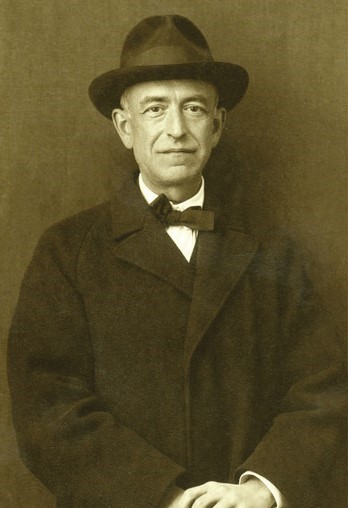 MANUEL DE FALLA
MANUEL DE FALLA
Born 1876, Cadiz
Died 1946, Alta Grazia, Argentina
Siete canciones populares españolas
El paño moruno • Seguidilla murciana • Asturiana • Jota • Nana • Canción • Polo
Siete canciones populares españolas (Seven Popular Spanish Songs) was the final work Manuel de Falla composed before he left Paris at the beginning of World War I. It comes from a period of unusual creativity: El Amor Brujo would follow in 1915 and Nights in the Gardens of Spain in 1916. In arranging the songs, Falla (who used “de” as part of the first name rather than his last name) took the unaccompanied melodic line of seven Spanish popular or folk songs and harmonized them, occasionally rewriting or expanding the original melodic line to suit his own purposes. Several years later, Polish violinist Paul Kochanski arranged six of the songs (with the composer’s approval) for violin and piano under the title Suite Populaire Espagnole, and the work has become more familiar in this version than in the original. This recital offers the rare opportunity to hear the original settings.
The first two songs both come from the province of Murcia in southeastern Spain. El paño moruno or “The Moorish Cloth” (Allegretto vivace) is based on the famous song, while Seguidilla murciana is built on repeated phrases and quick harmonic shifts. Asturiana (Andante tranquillo) is a grieving tune from Asturia, a province in northwestern Spain; the vocal line floats above a quiet sixteenth-note accompaniment. Jota (Allegro vivo) has become the best known of the seven songs. A jota is a dance in triple time, sometimes accompanied by castanets, from the Aragon region of northern Spain. Slow sections alternate with fast here, and the piano imitates the sound of castanets.
Nana (Calmo e sostenuto) is an arrangement of a wistful old Andalusian cradle song; Falla said that hearing his mother sing this melody to him was his earliest memory. Canción (Allegretto) is a subdued love song that repeats one theme continuously. A polo is a specific form: an Andalusian folksong or dance in 3/8 time, sometimes with coloratura outbursts and explosive intrusions from the guitar, which the piano imitates here. This particular Polo (Vivo), while based on Andalusian elements, is largely Falla’s own composition.
—Program Note by Eric Bromberger
JOAQUÍN TURINA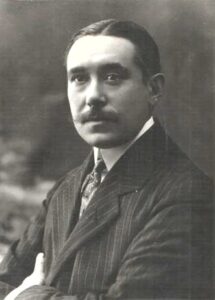
Born 1882, Seville
Died 1949, Madrid
Poema en forma de canciones, op.19
Trained in Seville and Madrid, Joacquín Turina moved to Paris in 1905, when he was 23, to study with Vincent d’Indy at the Schola Cantorum. He remained for nine years in Paris, at that time one of the most dynamic cities in the history of music, and returned to his homeland at the beginning of World War I. In Madrid, Turina conducted and composed, and in 1930 he was named Professor of Composition at the Madrid Conservatory. Unlike many other Spanish composers, Turina chose to compose in the classical forms developed by German composers—sonatas, trios, quartets—but he was also drawn to Spanish subjects and Spanish music, and the Poema en forma de canciones comes from the latter creative impulse. The Poema is a setting of five poems by the Spanish poet Ramón de Campoamor (1817-1901). In a century when Spanish poets often sought a heavy and tragic tone, Campoamor was unusual for his sense of humor and playful spirit; he wrote lighter poetry full of insight and epigrammatic wit. Turina composed the first version of the Poema for piano and voice in 1918, just as the war was ending, and he made a version for voice and orchestra the following year. The five movements, which seem closely related to Spanish folk song, are gracious settings, and the texts themselves often have a playful character.
—Program Note by Eric Bromberger
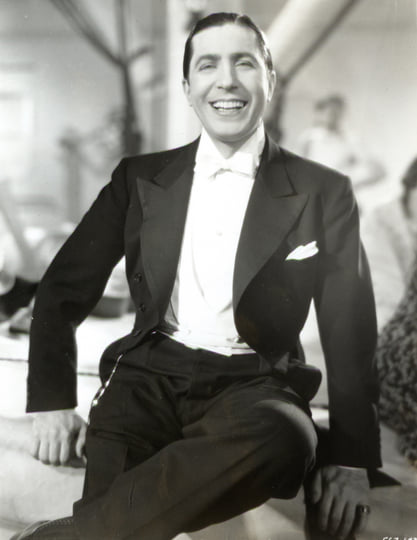
CARLOS GARDEL
Born 1890, Toulouse, France
Died 1935, Medelín, Colombia
El día que me quieras
Although he was born in France, Carlos Gardel grew up in Argentina and as a young man created the tango-canción, a brief song based on the tango that became wildly popular. Gardel is in fact sometimes known as “the father of the tango.” His beautiful baritone voice and strong musical personality (as well as his good looks) turned him into a sensation: He toured throughout South America, North America, and Europe, appeared in a number of Hollywood movies, and sold hundreds of thousands of records, even during the Depression. His death in a plane crash at age 44 was regarded as a national tragedy in Argentina, and there were outpourings of grief on several continents. This recital offers one of the most famous examples of the tango-canción. El día que me quieras sets a text by Alfredo le Pera (b. 1900) who died in the same plane crash that killed Gardel. Por una cabeza has become one of the most popular (and haunting) tangos ever written, recorded by many different artists and used in countless movies. Gardel himself recorded it, and his performance lets us hear his distinctive voice and understand some of his incredible power as a performer.
— Program Note by Eric Bromberger
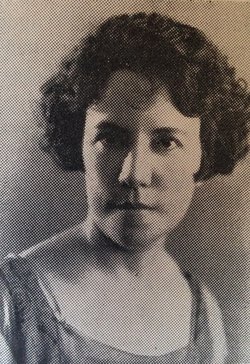 MONSERRATE (“MONSITA”) FERRER
MONSERRATE (“MONSITA”) FERRER
Born 1885, San Juan
Died 1966, San Juan
Amanecer
One of the greatest composers to come from Puerto Rico, Monsita Ferrer studied piano and composition in San Juan, and went on to complete her studies in New York. (She was the aunt of the film and stage actor José Ferrer.) Ferrer composed chamber music, works for piano, and
liturgical settings, but she is probably best remembered for her danzas. A danza—distantly
related to the contradance—is an elegant, waltz-like dance song that originated in Puerto Rico.
One of Ferrer’s most famous danzas is the lively Amanecer (which means “dawn”), which sets music to a text by the Puerto Rican poet and playwright Luis Lloréns Torres (1876-1944).
— Program note by Eric Bromberger
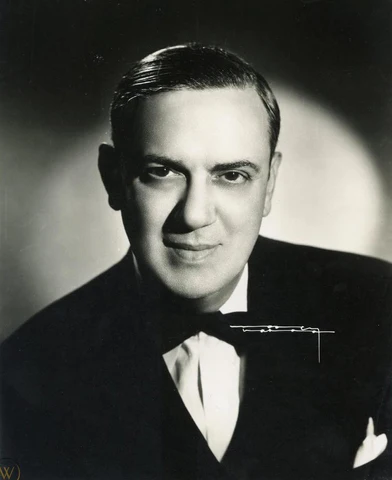
ERNESTO LECUONA Y CASADO
Born 1896, Guanabaco, Cuba
Died 1963, Santa Cruz de Tenerife, Canary Islands
Maria la O
The most famous composer to come out of Cuba, Ernesto Lecuona was a child prodigy, playing the piano and composing as a boy, and graduating from the National Conservatory in Havana by age 17. He studied briefly with Spanish composer Joaquín Turina and gave piano recitals in Europe, South America, and New York City. A prolific composer, Lecuona wrote over 600 works, primarily songs, zarzuelas, and piano music, and he remained active as a performer. He played Rhapsody in Blue at the Hollywood Bowl and learned only after the concert that Gershwin had been in the audience; the two later became close friends.
Several of his works became hits, including “Malaguena” and “Siboney,” songs that Desi Arnaz helped make popular. Lecuona was one of the co-founders of the Havana Symphony Orchestra but when Fidel Castro came to power, he moved to Florida. He died of a heart attack at 67 and was buried in New York, but specified his remains could not be returned to Cuba until the communists were out of power.
One of Lecuona’s most famous works is his zarzuela “Maria la O,” premiered in Havana on March 1, 1930. A zarzuela is a type of musical theater that originated in Spain, somewhat like opera, but on a smaller scale and more popular in character. Its topics could vary widely (social commentary, romance, comedy), and it included texts that were spoken or sung; these often made use of folk songs. Maria la O tells a rather grim tale in which Maria, a mulatto woman, is pursued by various suitors. Their competition turns violent, and in one version of the zarzuela, the father of Maria’s unborn child is murdered. The song “Maria la O” comes late in the drama, when she realizes that fate has turned against her and that, in a sense, her life has come to an end. In the theater, the song is accompanied by orchestra with a prominent part for solo violin, and it drives to a soaring, passionate conclusion.
—Program Note by Eric Bromberger
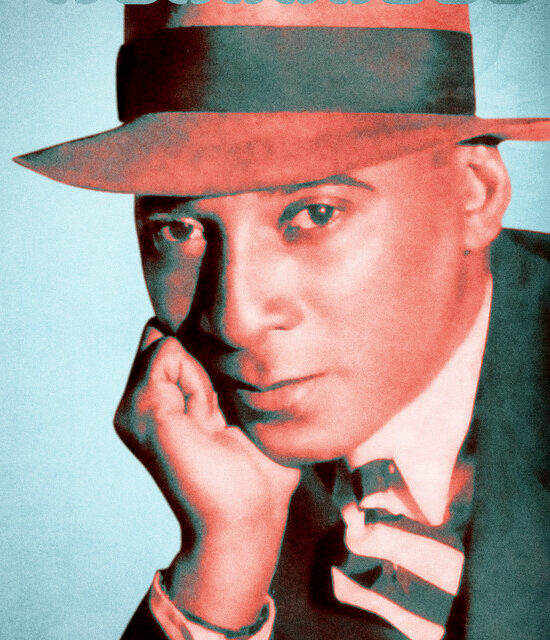
RAFAEL HERNÁNDEZ MARÍN
Born 1892, Aguadillo Puerto Rico
Died 1965, San Juan, Puerto Rico
Preciosa
Born in Puerto Rico, Rafael Hernández Marín made his career throughout Latin America, the United States, and Europe, and he is regarded as one of the greatest Latin American composers. He wanted to study music as a child, and it is a measure of his talent that he eventually learned to play the piano, violin, guitar, clarinet, euphonium, and trombone.
Hernández, his brother, and a number of other Puerto Rican musicians were drafted into the United States Army during World War I and served as members of the same band, which played throughout Europe; that band is credited with helping introduce jazz to Europe. Following the war, Hernández made his career as a songwriter and band leader, and he was based at various times in the United States, Cuba, and Mexico. At the time of his death at age 73, Hernández was honored throughout Puerto Rico.
This recital offers two of Hernández’s most famous songs. Preciosa dates from 1937. That title suggests that this is a love song, and it is. But the song is addressed not to a woman but to a place: Puerto Rico. In soaring music, Hernández celebrates his native land — its beauties, its histories, its sights, its sounds. The song is so important in Puerto Rico that some have declared it that nation’s unofficial national anthem.
— Program note by Eric Bromberger
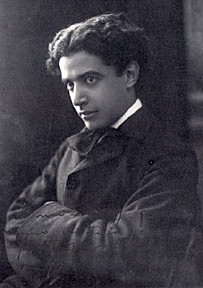
MANUEL PONCE
Born 1882, Fresnillo, Zacatecas
Died 1948, Mexico City
Estrellita
Manuel Ponce grew up in Aguascalientes, where he learned to play the piano as a boy. He studied briefly in Mexico City then went to Europe, where he continued his studies in Bologna and at the Stern Academy in Berlin. Ponce returned to Mexico in 1909, became professor of piano at the Mexico City Conservatory, and had led a long and varied career. He spent several years as a music critic in Havana, returned to Europe to study composition with Dukas, then moved back to Mexico where he conducted, taught, and wrote music.
Ponce composed orchestral music, chamber music, and piano music, and he also wrote a number of songs. By far the most famous of these is Estrellita (“Little Star”), which Ponce composed in 1912. In the song, a young woman addresses the “little star” far overhead and asks if the man she loves will love her in return. With its romantic subject and sensual, arching melody, Estrellita became an instant hit, and it has been heard in arrangements for violin (Jasha Heifetz recorded it), guitar, and countless other instruments.
—Program Note by Eric Bromberger

RAFAEL HERNÁNDEZ MARÍN
Born 1892, Aguadillo Puerto Rico
Died 1965, San Juan, Puerto Rico
El Cumbanchero
This program concludes with another of Hernández’s most famous songs, El Cumbanchero. That title has been translated in a variety of ways. One is “The Pleasure Seeker,” and another is “The Party-Goer,” but the title really refers to a more general meaning of the term as something happy, zesty, festive, joyful. The song has become immensely popular, and it has been recorded by such artists as Tito Puente, Desi Arnaz, Xavier Cugat, Liberace, and many others. In addition, there are versions for full orchestra, concert band, and many other ensembles and styles, including bluegrass. This music became so well known that at a White House reception for the governor of Puerto Rico, President John F. Kennedy greeted Hernández as “Mr. Cumbanchero.” Full of infectious rhythms, lots of energy, and happy tunes, El Cumbanchero is a perfect piece to conclude a concert.
— Program note by Eric Bromberger
